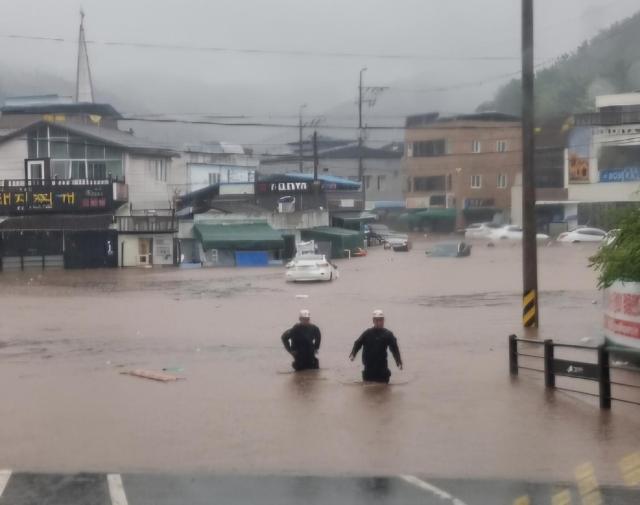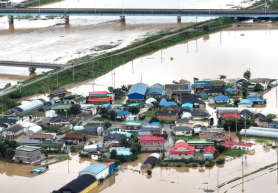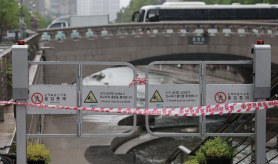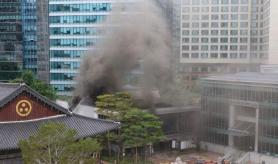
The Central Disaster and Safety Countermeasures Headquarters reported Saturday morning that the death toll remained at four, with two people still missing. The fatalities occurred in Gyeonggi Province's Osan city and South Chungcheong Province's Seosan and Dangjin cities, while two residents remain unaccounted for in Gwangju's North District.
Infrastructure damage surged dramatically as floodwaters paved destruction across the peninsula. Public facilities took massive blow with 729 reported incidents, including 388 flooded roads, 133 cases of soil erosion, and 57 collapsed river structures.
Private property damage reached 1,014 cases, encompassing 64 flooded buildings and 59 inundated agricultural areas. The relentless downpour forced around 7,000 residents from nearly 5,000 households across 72 municipalities in 13 provinces to flee their homes temporarily.
Of those evacuated, about 2,800 people from roughly 2,000 households remained unable to return home as of Saturday morning.
The transportation network buckled under the assault as well, with seven major railway lines suspended including the Gyeongbu line connecting Seoul to Busan and the Honam line linking Daejeon to Mokpo. Rail authorities halted services on additional routes spanning the peninsula's key arteries.
Road networks faced widespread disruption as floodwater submerged 57 riverside roads, 12 underground passages, and 302 small bridges. Authorities also restricted access to 255 riverside areas, 170 riverside parking lots, and 22 camping sites.
"Currently, heavy rain advisories and warnings are in effect across most of the nation, with very intense rainfall of 30 to 80 millimeters per hour expanding and intensifying the alerts," the disaster headquarters said.
Copyright ⓒ Aju Press All rights reserved.




